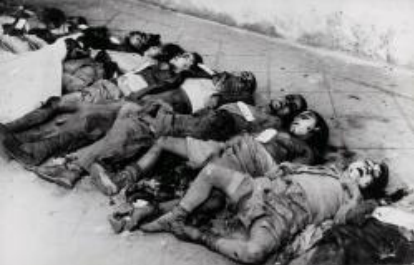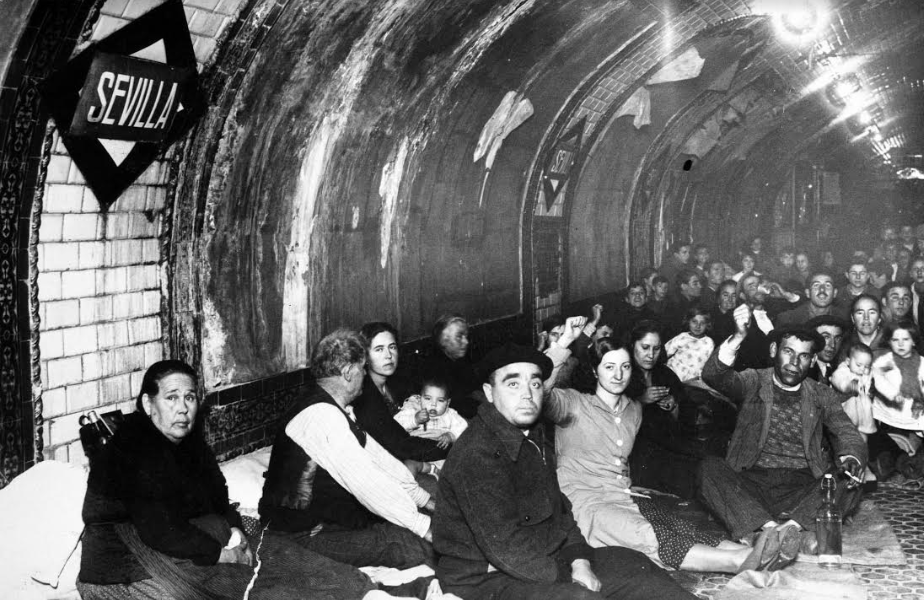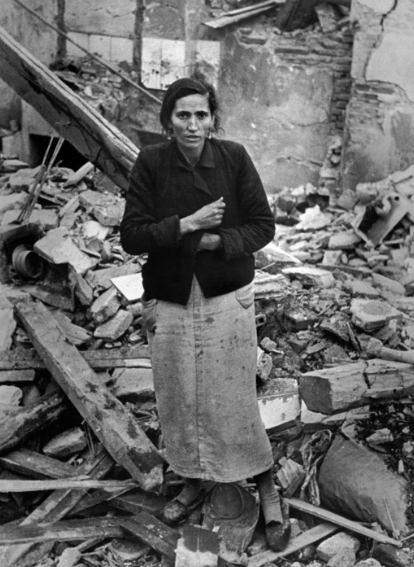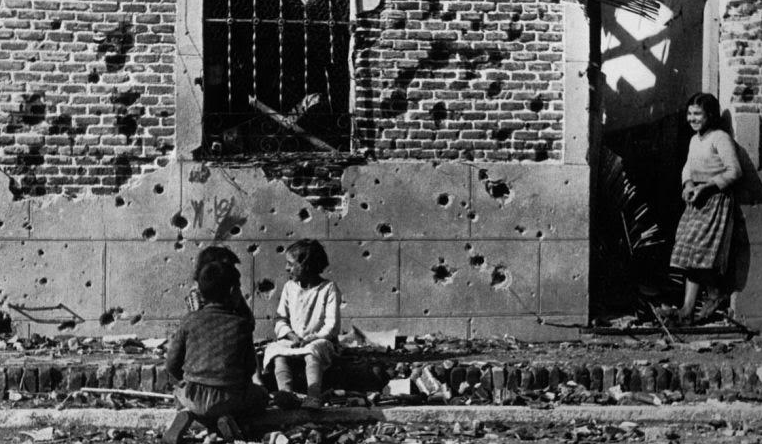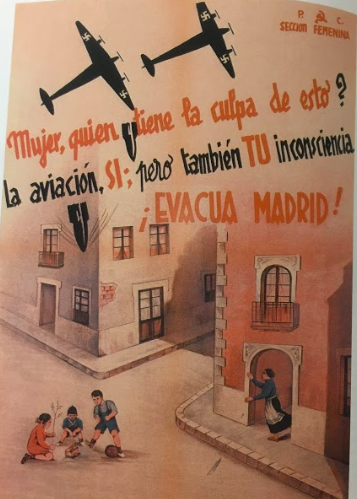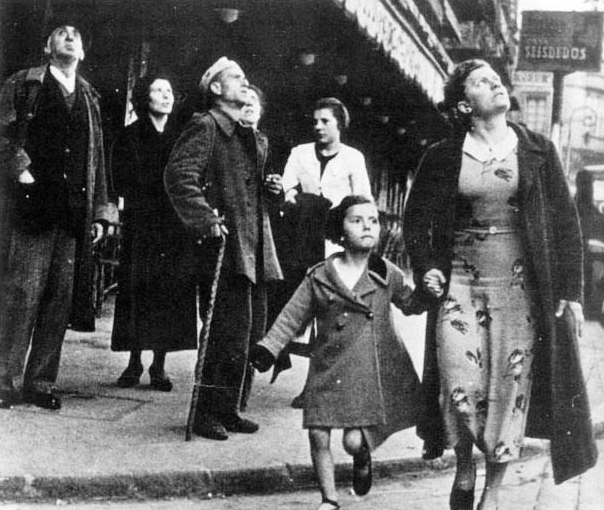
Life in Spain during the war was chaotic and perilous, especially for children living near main cities and combat zones. War brought destruction and separation from familiarity in the form of the physical destruction of cities and homes, the separation from family as a result of death or evacuation, and the destruction of everyday life and routine. Conditions associated with war and refugees included a lack of food, living in a constant state of danger, fear, and anger, and the loss of parents, friends, and security, which all contributed to lasting psychological trauma.
Comments closed